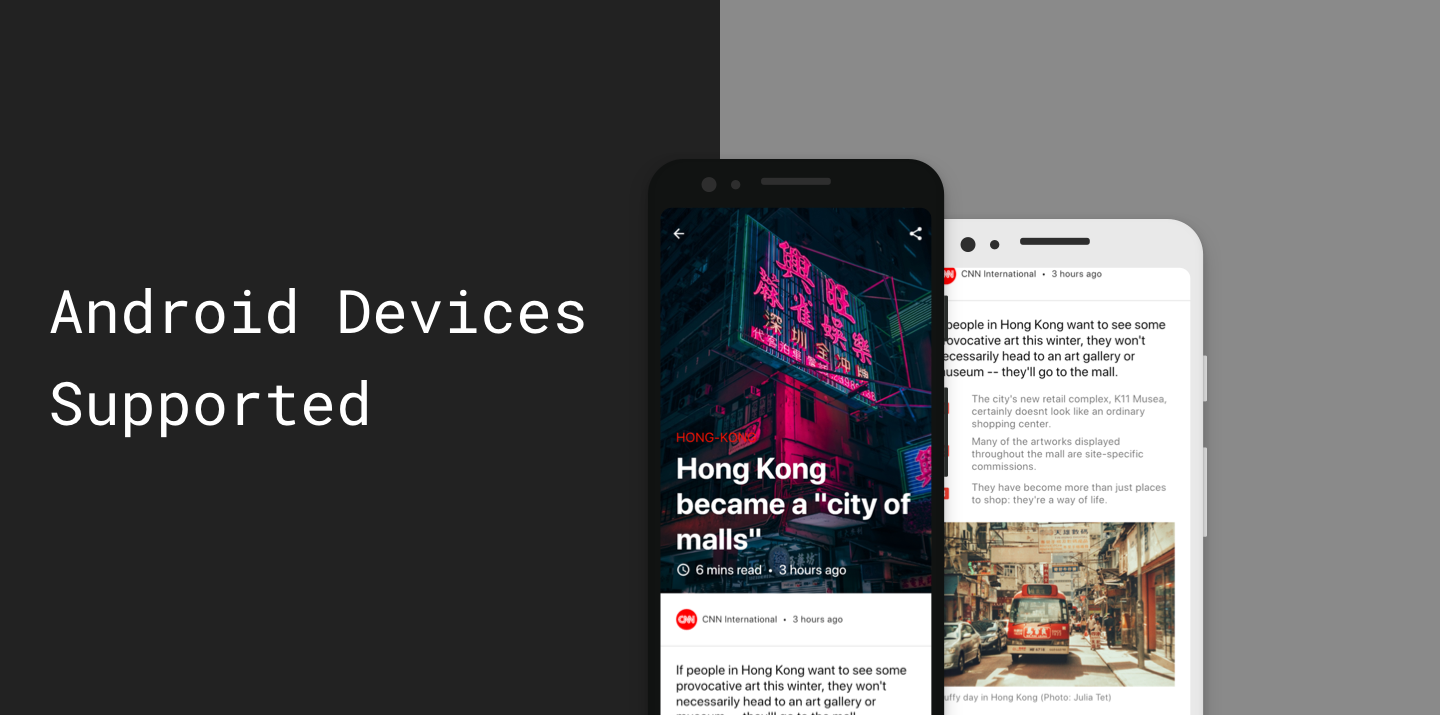

Update the build function in _MyHomePageState so that it matches this code snippet. Now that we have functions to construct the content for the app, let’s update our Scaffold to use them to pull in the required content. Step 4: Modify the Build Function in _MyHomePageState to Use the Content Builder Functions Defined Trailing: const Icon(Icons.favorite_outline),Ĭhild: Text(cardData!), Insert the following functions into the _MyHomePageState class of your app.ĬardContent.map((cardData) => _buildCard(cardData)).toList(), It’s invoked for each property that we generated content for in Step 2 above. The _buildCard function is used by the _buildBody function to construct a single property card. The _buildBody function constructs the body with all the real estate property cards. The _buildAppBar function constructs and returns the AppBar for our app. In Step 3, we create functions within the _MyHomePageState class that builds the AppBar and the main body of the app. 'Beautiful home, recently refurbished with modern appliances.' To follow along with this tutorial, head over to īelow is what the final app will look like.Ĭlass MyApp extends StatelessWidget build(BuildContext context) 00 sqft'
FLUTTER FORM DESIGN INSTALL
DartPad is a web-based editor where you can try out Flutter code without the need to install anything on your computer. Therefore, you can use DartPad to follow along. This demo app doesn’t depend on any third party libraries. The navigation will allow users to switch between pages for houses, apartments, townhomes, and the user’s favorites list. We’ll use what we’ve learned about the Flutter Drawer widget to enhance the app by including a navigation. Demo Appįor our demo app, we’ll improve the real estate app that we created in the previous post, The Flutter Visibility Widget: Show and Hide Content. And for each ListTile, we can set the onTap property to respond to the user’s selection of a navigation link. We use the ListTile widget, which provides a layout that includes an icon and some text, for the navigation links. For the header, we use the UserAccountsDrawerHeader widget that provides a simple layout for user profile information. The header comes first in the ListView, followed by all the navigation links. Furthermore, the ListView will scroll if the list is too long to fit on the screen. The ListView enables us to easily add widgets in a column layout. In this example, we used a ListView widget as the child widget. The Drawer widget has a child property where you can place all the content for the drawer. We’ll first accomplish this without using reactive forms, then reimplement the same form using reactive forms to understand the benefits of reactive forms in Flutter.
FLUTTER FORM DESIGN REGISTRATION
This should launch the demo application on Chrome in debug mode.Builder: (BuildContext context) => const MyHomePage( In this article, we’ll create a registration form with input validation and fields that change based on the value of other fields. You can take the code in this demo and experiment with it. The demo application provides a fully working example, focused on demonstrating exactly three widgets in action - WellFormed, BasicTextField and DigitField. This is quite important to avoid buggy behavior such as when a field does not get reset when its parent form gets reset. Most of the form fields in this package are built on top of a TextFormField widget so they remain fully compatible with the Form widget. In order to be a reliable package, every class is well-documented and fully unit tested by a CI/CD pipeline with rigorous quality gates. not to end up being yet another buggy Flutter form package!.select the keyboard type according to the field's purpose.improve the readability of the source code by providing form fields that have "semantic" names - names that convey their purpose at first glance - such as "EmailField", "DigitFields", "Ipv4Field", and so on.

Well- Formed Widget Fields - Well-Formed is a form field package designed to relieve the developer of much of the form-related coding by providing out-of-the-box field masking, validation, smart trimming, and more.


 0 kommentar(er)
0 kommentar(er)
